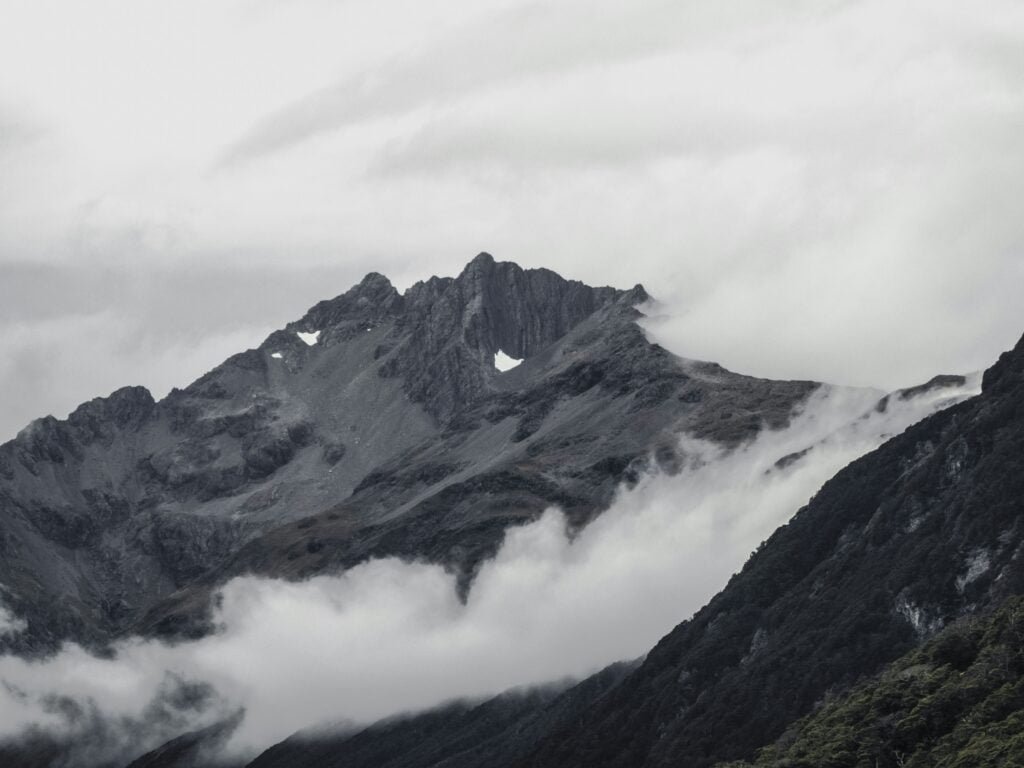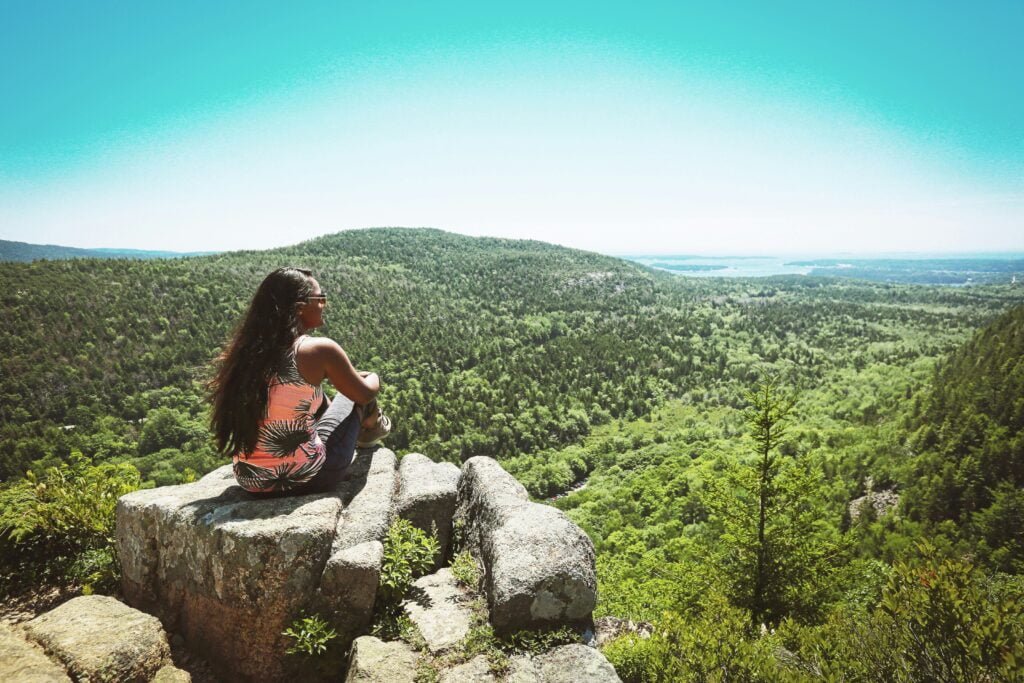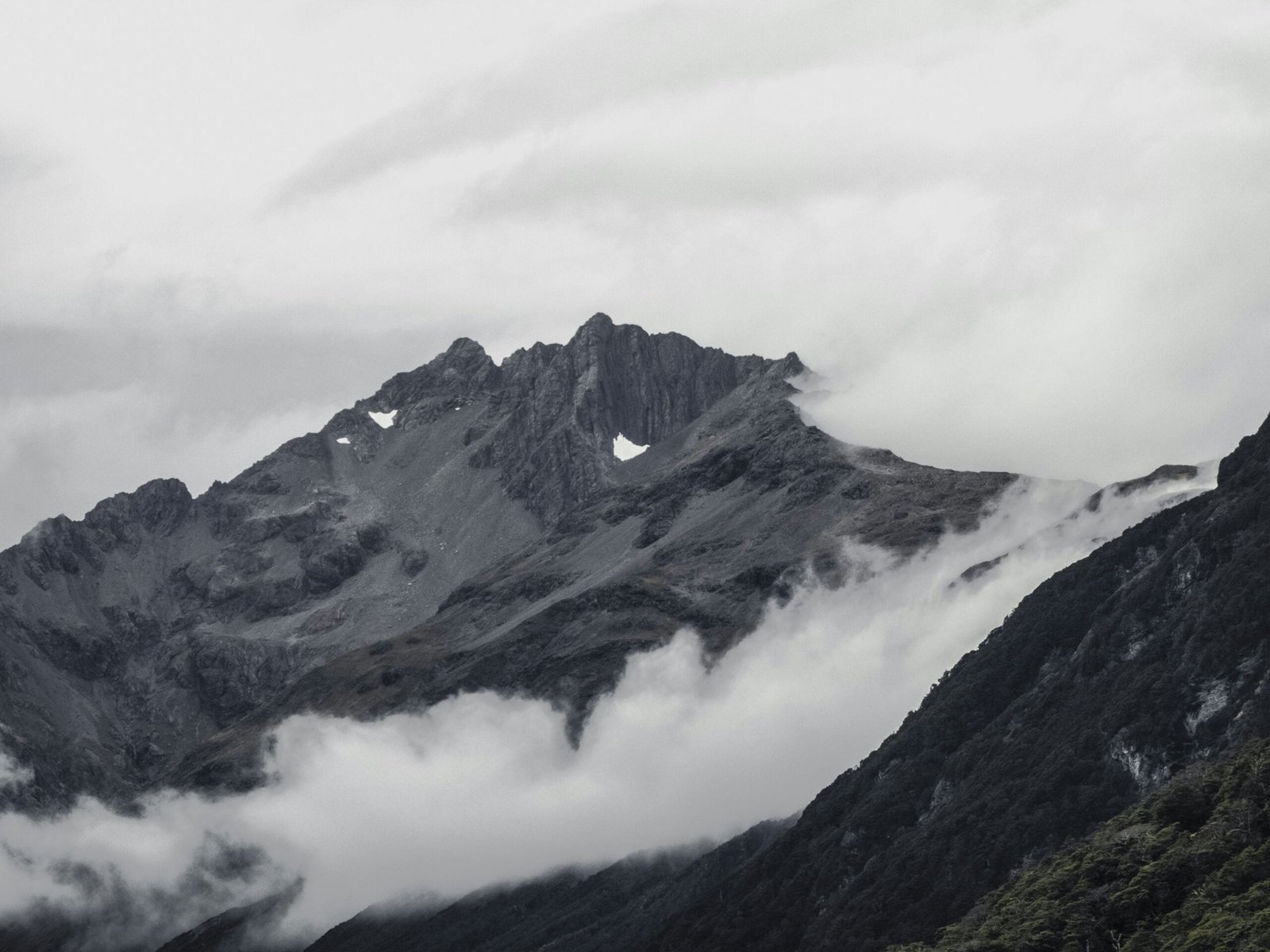Are you planning a mountain getaway and wondering if you can still enjoy a barbeque grill at high altitudes? Well, the answer is yes, but it does come with a few considerations. Grilling at higher elevations can present some challenges due to the lower oxygen levels and increased cooking time. However, with a few simple adjustments and some know-how, you can still savor that smoky, grilled goodness amidst the scenic beauty of the mountains. Let’s explore some tips and tricks to ensure a successful grilling experience in high altitudes.

Understanding Barbeque Grills
Barbeque grills are a staple of outdoor cooking, providing a fun and delicious way to prepare meals. These cooking devices have been around for centuries and come in a variety of styles and designs. A barbeque grill typically consists of a cooking surface, which can be made of metal or ceramic, and a heat source, such as gas, charcoal, or electricity.
Different types of barbeque grills
There are several types of barbeque grills available on the market, each with its own unique features and benefits. The most common types include gas grills, charcoal grills, and electric grills.
Gas grills are popular due to their convenience and ease of use. They use propane or natural gas as a fuel source and offer precise temperature control. A gas grill typically consists of burners that heat up the cooking surface, allowing for even heat distribution.
Charcoal grills, on the other hand, are loved for the smoky flavor they impart to food. These grills use charcoal briquettes or lump charcoal as the fuel source. Charcoal grills require more time and effort to set up and maintain, but many enthusiasts enjoy the traditional grilling experience they provide.
Electric grills are a convenient option for those who live in apartments or have limited outdoor space. These grills use electricity to generate heat and often have adjustable temperature settings. While electric grills may not provide the same flavor as gas or charcoal grills, they offer convenience and ease of use for those in certain living situations.
How barbeque grills work
Barbeque grills work by utilizing different heat sources to cook food. Gas grills rely on burners that create an open flame or heat up metal plates called heat diffusers. These burners are connected to a gas source, which, when ignited, produces heat. The heat is then transferred to the cooking surface, where it cooks the food.
Charcoal grills, on the other hand, work by igniting charcoal briquettes or lump charcoal. Once the charcoal is lit, it produces heat and emits smoke, which adds flavor to the food. The heat from the charcoal is transferred to the cooking surface through direct contact, radiative heat transfer, and convection.
Electric grills use heating elements that generate heat when electricity is supplied to them. These grills often have adjustable temperature controls, allowing the user to set the desired cooking temperature. The heat generated by the heating elements is then transferred to the cooking surface, where it cooks the food.
The Physics of Cooking at High Altitudes
When it comes to cooking at high altitudes, the physics behind it can have a significant impact on the cooking process. Understanding how altitude affects cooking is crucial for achieving the desired results when using a barbeque grill.
The effect of altitude on cooking
At higher altitudes, the air pressure decreases, leading to changes in various physical properties of the atmosphere. One such change is the boiling point of water. As the altitude increases, the boiling point of water decreases. This lower boiling point means that water evaporates at a lower temperature, which affects the cooking process.
The role of atmospheric pressure
The decrease in atmospheric pressure at high altitudes also affects the performance of barbeque grills. In particular, the lower air pressure can interfere with the combustion process required to heat the grill. This can result in difficulties in achieving and maintaining the desired cooking temperature.
How altitude impacts heat transfer
Altitude also impacts heat transfer in the cooking process. With lower atmospheric pressure, heat transfer through convection becomes less efficient. This means that the heat from the grill may not distribute as evenly, leading to uneven cooking and potential cold spots on the food.
Barbeque Grills and High Altitudes
Now that we understand the physics behind cooking at high altitudes, let’s dive into how barbeque grills perform in such conditions.
The science behind using grills at high altitudes
Using a barbeque grill at high altitudes requires some adjustments to accommodate for the lower air pressure and other factors. The science behind it involves understanding how the decrease in pressure affects the combustion process, heat distribution, and cooking times.
Potential issues with grilling at high altitudes
Grilling at high altitudes can pose a few challenges. One common issue is the difficulties in achieving and maintaining the desired cooking temperature due to the lower air pressure. The reduced oxygen levels can affect the combustion process, making it harder to generate and sustain the necessary heat.
How altitude impacts grilling time
Grilling time can be significantly impacted by altitude. With the lower boiling point of water and decreased air pressure, food may take longer to cook thoroughly. It’s essential to adjust cooking times accordingly to ensure that food is cooked to the appropriate internal temperature and doneness.
Types of Grills and Their Performance at High Altitudes
Different types of grills may perform differently at high altitudes. Let’s explore the performance of gas, charcoal, and electric grills in such conditions.
Gas grills at high altitudes
Gas grills can perform well at high altitudes, but some adjustments may be necessary. It’s important to ensure that the burners are adequately adjusted to compensate for the lower air pressure. Additionally, preheating the grill for a longer period may be required to achieve the desired cooking temperature.
Charcoal grills at high altitudes
Charcoal grills can also be used effectively at high altitudes, but they may require slightly more charcoal than usual to maintain the necessary heat. It’s important to monitor the temperature closely and make adjustments as needed during the cooking process.
Electric grills at high altitudes
Electric grills are generally well-suited for high altitudes as they are not affected by the lower air pressure. However, it’s important to ensure that the grill’s heating elements are functioning correctly and that the grill is capable of reaching and maintaining the desired temperature.
Modifying Your Grill for High Altitude Use
In some cases, modifying your grill may be necessary to achieve optimal performance at high altitudes. Here are some considerations and a step-by-step guide to help you through the modification process.

When and why modification is necessary
Modification may be necessary when you consistently experience difficulties in achieving and maintaining the desired cooking temperature. This could be due to factors such as decreased air pressure or inefficient heat distribution.
Factors to consider before modification
Before modifying your grill, it’s essential to consider the specific challenges you are facing at high altitudes. Assessing the performance of your grill and understanding the modifications required will help you make informed decisions.
Step-by-step guide to modifying your grill
- Start by identifying the modifications needed for your specific grill model and high altitude conditions.
- Consult the grill’s manufacturer or seek guidance from experienced grillers who have successfully modified their grills for high altitude cooking.
- Follow the manufacturer’s instructions or recommended modifications, ensuring that you have the necessary tools and equipment.
- Make the required adjustments, which may include modifying the burners, adjusting the grill’s ventilation system, or making changes to the heat distribution mechanisms.
- Test the modified grill, closely monitoring its performance to ensure that it achieves the desired results.
Precautions When Grilling at High Altitudes
Grilling at high altitudes requires some additional precautions to ensure safety and achieve optimal results. Here are some important measures to consider.
Safety measures to take
- Always grill in a well-ventilated area to prevent the buildup of potentially harmful gases.
- Keep a fire extinguisher nearby and be aware of proper fire safety protocols.
- Use long-handled grilling tools to avoid burns and injuries.
- Keep children and pets at a safe distance from the grill area.
Adjusting cooking times and temperatures
To compensate for the lower air pressure and potential difficulties in achieving and maintaining the desired cooking temperature, it’s important to adjust the cooking times and temperatures accordingly. Monitor the food closely and make adjustments as needed to ensure even cooking and proper doneness.
Selecting the Right Grill for High Altitudes
Choosing the right grill for high altitude cooking is essential for achieving optimal results. Consider the following factors when making your decision:
Grill quality and reliability
Opt for a grill that is well-built and known for its quality and reliability. Look for models with positive customer reviews and a solid reputation in the grilling community.

Grill size and capacity
Consider the size and capacity of the grill to ensure that it can accommodate your cooking needs. If you frequently cook for large groups or have specific requirements, choose a grill that can meet those demands.
Price point and value for money
Set a budget for your grill and consider the value for money offered by different models. Look for grills that provide a good balance between quality, features, and price.
Importance of Ventilation When Grilling at High Altitudes
Proper ventilation is crucial when grilling at high altitudes. It helps ensure efficient cooking and mitigates potential risks associated with poor ventilation.
How proper ventilation aids in efficient grilling
Proper ventilation allows for the flow of air, facilitating the combustion process and heat distribution. It helps maintain the desired cooking temperature and prevents the buildup of harmful gases.
Risks associated with poor ventilation
Insufficient ventilation can lead to incomplete combustion, resulting in the production of carbon monoxide and other potentially dangerous gases. These gases can pose health risks if inhaled in high concentrations.
Tips for ensuring proper ventilation
- Grilling in an open area with good airflow is ideal.
- If grilling indoors, ensure that windows and doors are open to allow for the circulation of fresh air.
- Avoid grilling in enclosed spaces or areas with limited airflow.
- Regularly clean and maintain the grill’s ventilation system to ensure optimal performance.
Effect of High Altitude on Food Cooked On Grill
High altitude cooking can have a noticeable effect on the food cooked on a grill. Let’s explore these effects.
Changes in food texture
At high altitudes, the lower air pressure leads to faster water evaporation. This can result in food becoming drier and having a different texture compared to cooking at lower altitudes. It’s important to marinate or baste the food to retain moisture and enhance flavor.
Alterations in food flavor
The decreased air pressure and lower boiling point of water at higher altitudes can affect the flavor of food. Some people may notice a slight difference in taste, as the flavors may be more concentrated due to the faster evaporation of water.
Impact on cooking times and temperatures
Cooking times and temperatures may need to be adjusted when grilling at high altitudes. Food may take longer to cook thoroughly, and achieving and maintaining the desired cooking temperature can be more challenging due to the lower air pressure. Regular monitoring and adjustments are key to ensure optimal results.
Troubleshooting Common Problems with Grills at High Altitudes
While grilling at high altitudes can present unique challenges, being aware of common problems can help you troubleshoot and overcome them.
Difficulty lighting the grill
The lower air pressure at high altitudes may make it more difficult to achieve a strong flame or properly ignite the grill. To address this issue, ensure that the grill is positioned in an area with proper ventilation and consider using a higher-quality ignition source, such as a chimney starter or electric igniter.
Food taking longer to cook
Due to the lower boiling point of water and decreased air pressure, food may take longer to cook thoroughly at high altitudes. Monitor the cooking process closely, using a meat thermometer to ensure that the food reaches the appropriate internal temperature and doneness.
Uneven heating and cold spots
The lower air pressure at high altitudes can impact heat distribution, leading to potential hot spots and cold spots on the grill. To minimize this issue, rotate and reposition the food regularly during cooking to ensure even heat exposure. Additionally, ensure that the grill’s ventilation system is functioning properly to facilitate better heat distribution.
In conclusion, understanding barbeque grills and their performance at high altitudes is crucial for achieving optimal results. Consider the type of grill, potential modifications, proper precautions, and the impact of high altitude on food cooked on the grill. Armed with this knowledge, you can confidently enjoy delicious grilled meals even at high altitudes. Happy grilling!

